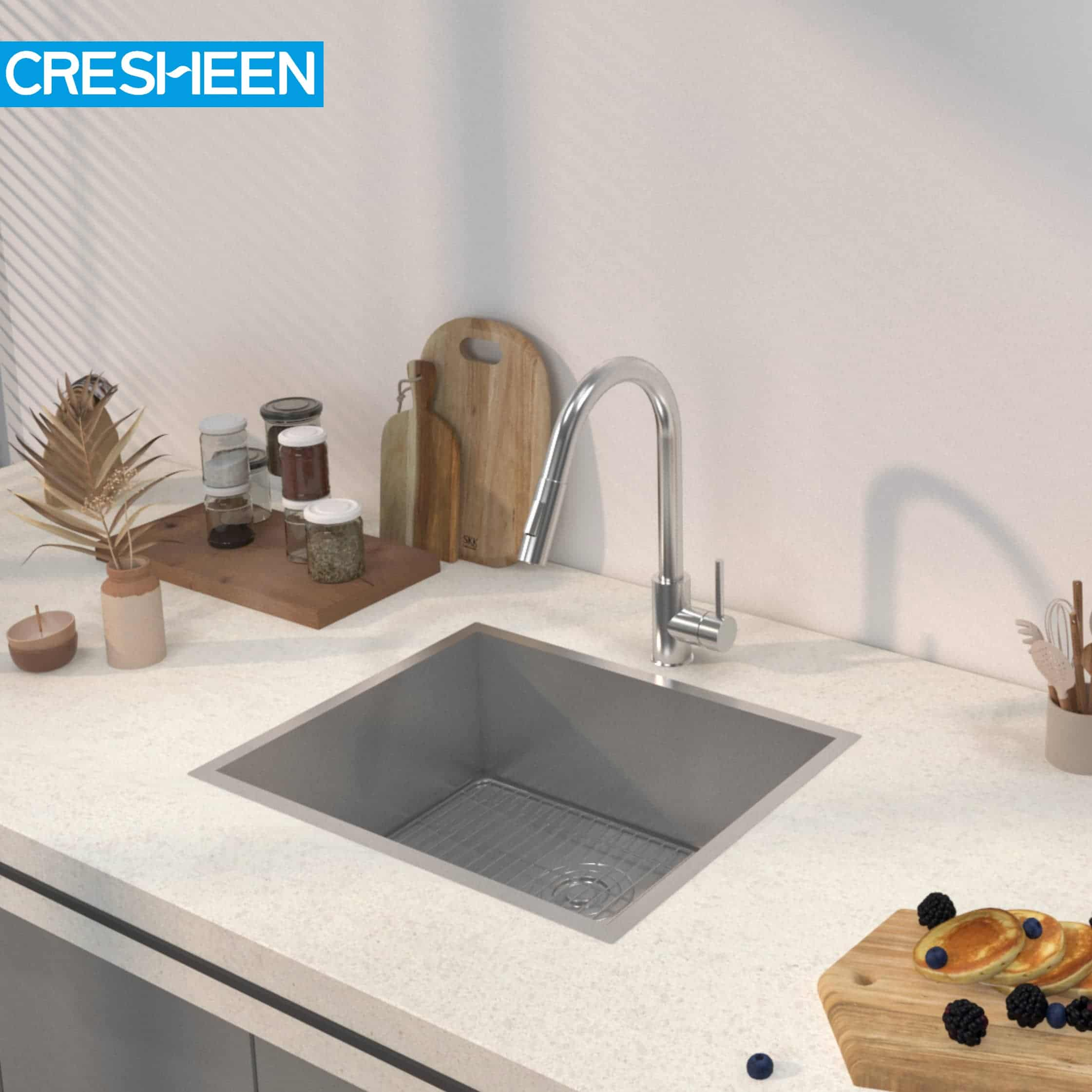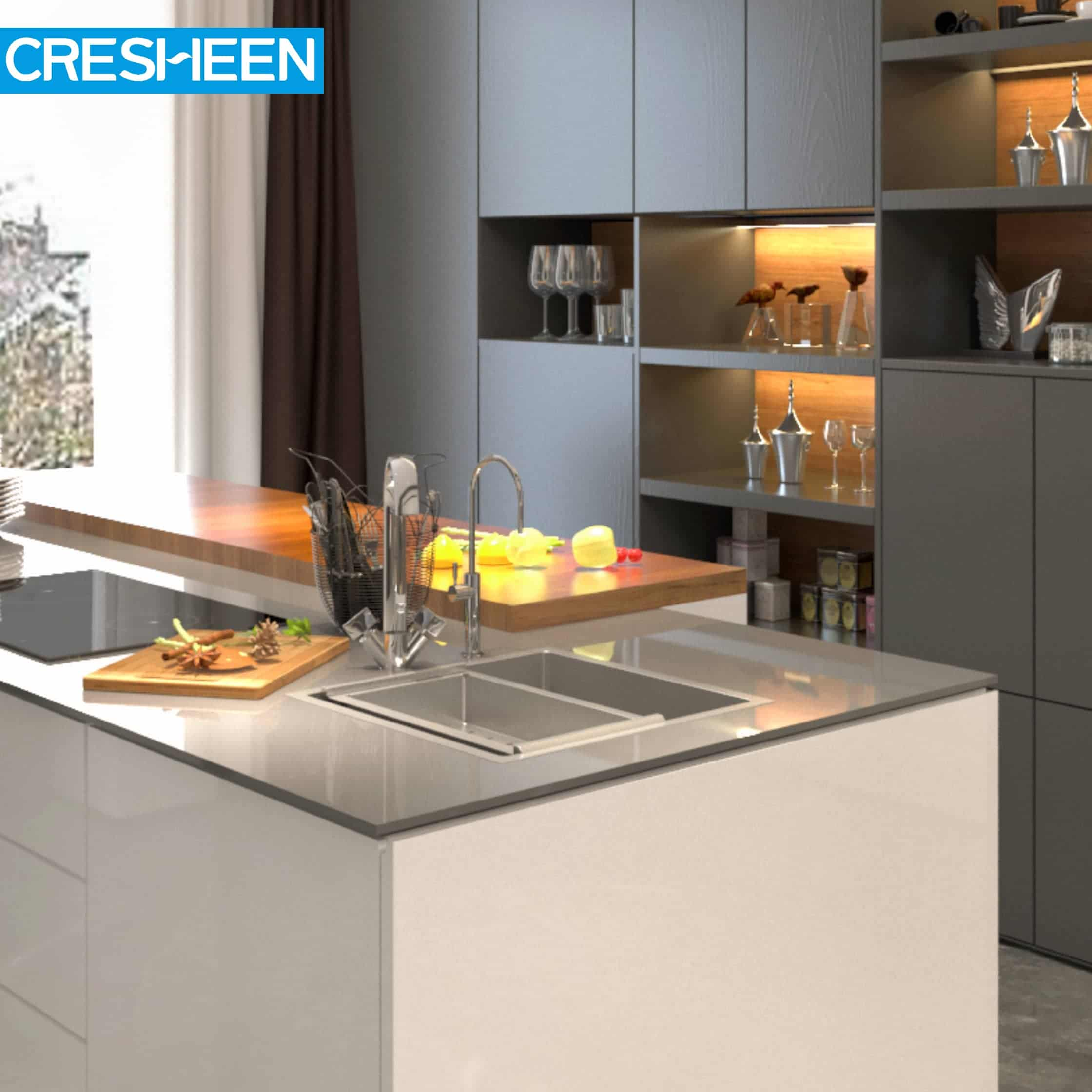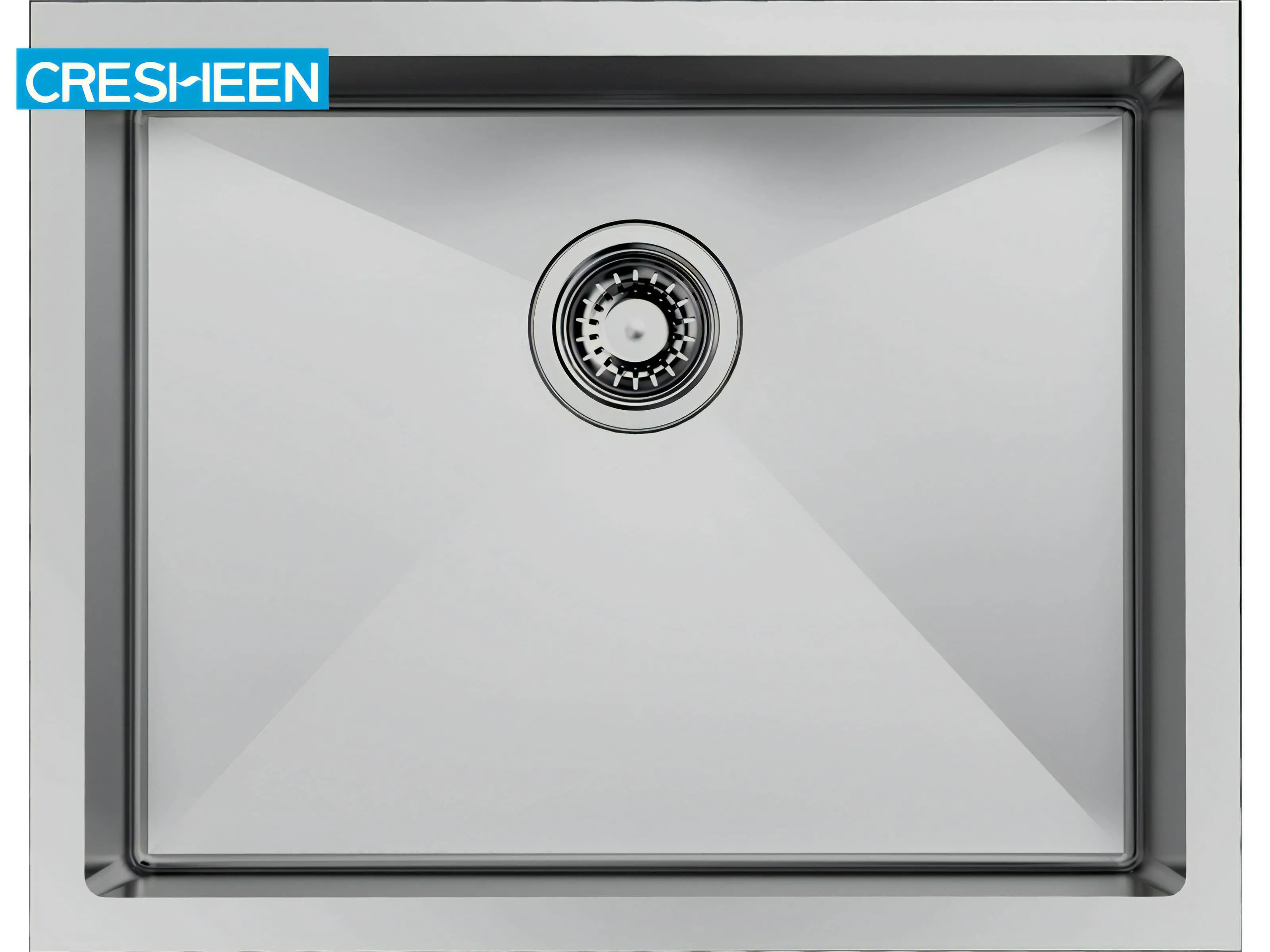Product recommendation
In modern home design, the kitchen is more than just a place for cooking; it's a space to showcase personal taste and lifestyle. Japanese kitchen sinks, known for their exceptional quality, exquisite design, and ultimate functionality, offer the perfect choice for those seeking an impeccable kitchen experience.
Size and Layout
Traditional Japanese kitchens are typically smaller and more compact compared to Western kitchens. This compactness reflects the overall space constraints commonly found in Japanese homes. The design is focused on maximizing efficiency in a minimal space, whereas Western kitchens can be expansive, often featuring large islands and extensive countertop space.
Design Philosophy
Japanese kitchens embrace minimalism, simplicity, and the concept of "kanso," which emphasizes eliminating clutter and focusing on the essentials. This philosophy results in a clean, streamlined look, utilizing every inch of the kitchen efficiently. Western kitchens, while they can also be designed with minimalism in mind, often feature more decorative elements, varying textures, and sometimes a mix of different styles.
Integration with Living Spaces
In Japanese homes, the kitchen is often seamlessly integrated into the living area, promoting a more communal and inclusive environment. This open-plan concept encourages interaction and communication among family members. In contrast, Western kitchens, although increasingly adopting open-plan designs, have traditionally been more segregated from the living and dining areas.
Materials and Aesthetics
Japanese kitchens frequently use natural materials like bamboo, wood, and stone, reflecting a close connection to nature. The aesthetics are grounded in the principles of natural beauty, subtlety, and understated elegance. Western kitchens might use a broader range of materials, including synthetic countertops, various metals, and sometimes more vibrant colors or patterns.
Functionality and Appliances
Both Japanese and Western kitchens prioritize functionality, but the types of appliances and how they are integrated into the kitchen often differ. Japanese kitchens typically include appliances that support Japanese cooking styles, such as rice cookers and fish grills. Western kitchens might have larger ovens and refrigerators, dishwashers, and sometimes wine coolers, tailored to Western cooking habits.
Japanese kitchens are indeed often designed to be open plan. This design choice reflects the Japanese cultural emphasis on simplicity, functionality, and fostering family togetherness. The lack of dividing walls enhances the sense of spaciousness in otherwise compact living areas and promotes a more communal and interactive environment, aligning with the Japanese value of harmony and social cohesion. The openness is not just a stylistic choice but is integral to the way the space is used, encouraging communication and interaction among family members or guests, and making the kitchen a central, inviting space in the home.
Japanese kitchen sinks, with their high-quality materials, elegant design, and practical features, have won the favor of consumers worldwide. Whether you are renovating a new home or upgrading your existing kitchen, Japanese sinks add a touch of refinement and functionality to your kitchen space. Opt for a Japanese kitchen sink and enjoy an exceptional cooking experience, relishing the warmth and beauty of your home




